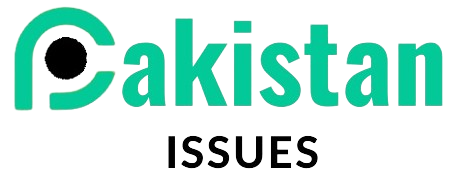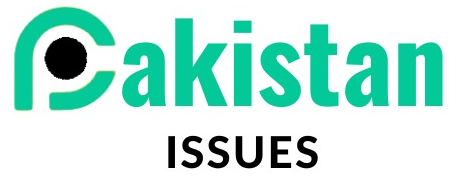In a dramatic twist, Pakistan Tehreek-e-Insaf (PTI) has reportedly reached out to coalition partner Pakistan Peoples Party (PPP) seeking support following a dramatic walkout during the federal budget session. The move comes after both parties vehemently opposed the budget—labelled as “elite-driven” and “anti-people”—and suggests a recalibration of alliances under growing economic and political pressure.
What Happened?
During the National Assembly’s budget reading on June 11, PTI lawmakers erupted in uproar—stamping and chanting slogans, and tearing pages to condemn the budget as an “IMF-dictated” measure favouring the elite tribune.com.pk+1samaa.tv+1. Simultaneously, PPP announced a nationwide protest, accusing the government of excluding commoners and prioritising politicians with salary hikes and tax relief dailytimes.com.pk+1samaa.tv+1. PPP’s pressure campaign was led by Chaudhary Manzoor Ahmad, who vowed coordinated action with trade unions and labour groups dailytimes.com.pk+1tribune.com.pk+1.
Conflicting Signals—but Shared Discontent
Despite PPP’s vocal opposition, internal discord emerged. While Punjab’s central leadership championed protest, senior officials clarified that the party had not officially withdrawn from the budget process arynews.tv+15tribune.com.pk+15tribune.com.pk+15. This cautious stance reflects PPP’s complex position as a coalition partner with uneasy ideological overlaps.
PTI’s Calculated Pivot
PTI’s outreach to PPP signals a strategic bid to unify opposition ahead of a crucial budget vote. Analysts suggest this is less about ideological alignment and more about leveraging combined legislative strength to pressure the government. A PTI insider confirmed that the party plans to escalate both parliamentary and public opposition with PPP’s backing tribune.com.pk.
What PPP Stands to Gain
PPP’s support would grant legitimacy to PTI’s pushback and potentially torpedo the finance bill. The PPP’s People’s Labour Bureau has already compiled demands—including higher pensions, reversal of salary caps, and improved labor rights tribune.com.pk+2dawn.com+2dailytimes.com.pk+2. Joining forces with PTI may strengthen their bargaining position.
Political Chess and Public Pressure
The budget discussion has economic components, but is decidedly political as well. Engaging with trade unions and protests in parliament allows one party to maintain an element of populist credential while being exposed to voters. If Prime Minister Shehbaz Sharif’s PML-N government are to pass the budget it will be critical to engage in dissent.
The Risks of the Deal
A united PTI-PPP front may have the consequence of shattering a pre-existing fragile coalition. We can already detect implicit criticism surfacing from the PPP concerning the PMadN budget agenda, and possible alignment with the PTI; the more the two parties work together the more either party may be fighting to differentiate their partisan agenda from the other while engaged in dissent to the government as ‘voters’ who question the legitimacy of government authority. If this descends then it may leave a government trying to orchestrate votes beyond the requisite majority, or worse an election before the present one..
What to Watch Next
- Parliamentary Voting: Will PPP formally join PTI on the floor? Their decision could determine the budget’s fate.
- Protests in the Provinces: Joint demonstrations across provinces may amplify public dissent.
- Coalition Cohesion: Can the ruling alliance hold together amid growing internal pressure?
Conclusion
PTI’s posture toward PPP after the acrimonious budget walkout indicates a tempered opposition response to the coalition government. Whether based on principle or pragmatism, this move shows immense discontent with the government’s economic agenda. Common action, inside and outside Parliament, could be forthcoming, and Pakistan’s political landscape could change drastically.
Ultimately, the fate of the budget is likely to rest not only on economic numbers but whether opposition cohesiveness is in greater force than coalition lethargy.










